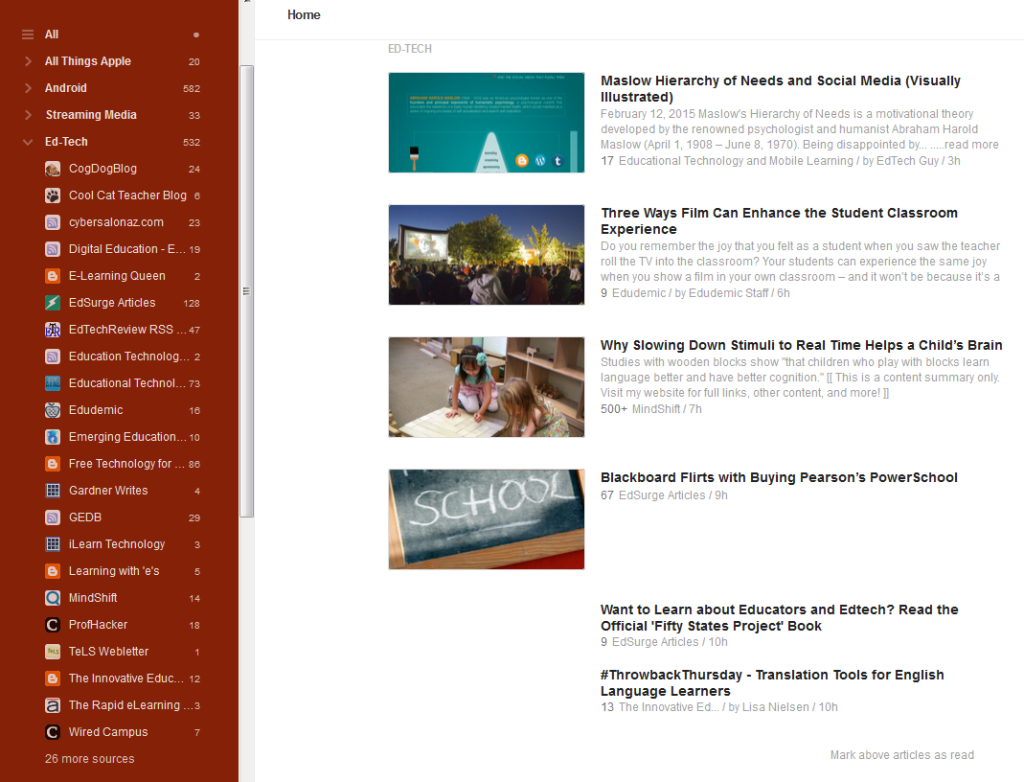TEACH: to communicate knowledge or skill, to provide instruction in, to give insight by example or experience
I alluded in my first post of someone or something being my teacher. The students I have interacted with and assisted the last 15 years have given me insight by their example and experience. What did they give me insight into? What did/do they experience that I have deemed them to be my teachers?
First of all their diagnosis in itself forced me to learn about their conditions, symptoms, limitations, and learning challenges. We can all agree that there are some real obvious disabilities, like blindness, cerebral palsy, downs syndrome, or loss of limbs but what about the less obvious like deafness or hard of hearing or even yet, the invisible or hidden disabilities?
What does it mean to be diagnosed with a learning disability? Are all individuals with this diagnosis the same and experience the same barriers to learning? What about the subcategories of learning disability like non-verbal learning disability, auditory processing disorder, dyslexia, dysgraphia, dyscalculia, language processing disorder, visual perceptual/visual motor deficit and ADHD/ADD? Now what about the autism spectrum disorders? What do individuals with autism struggle with vs those with Aspergers syndrome? Then enters the psychiatric disorders/conditions such as bipolar, anxiety, depression, panic disorders, post-traumatic stress disorder (PTSD) schizoaffective, psychotic, obsessive compulsive disorder just to name a few.
You might respond that we can’t possibly have all these types of disabilities or more at Glendale Community College. I would dare say, we do.
Knowing the medical term and description of these disabilities only provide a typical point of insight into what it’s like for an individual to maneuver the physical environment of the college, participate in the classroom, listen to a lecture, participate in a group project, view online material, do presentations, take notes, read a text book, study or do research, or take a test.
We get the more complete picture when we meet with the student and ask some leading questions how he/she might function based upon the above typical activities that college students are expected to do.
As an example of how differently an individual lives with a diagnosis, I leave you with this personal experience I had with two students who were diagnosed with dyslexia. Dyslexia is a learning disability that affects the way an individual reads. It typically affects their reading fluency, decoding, reading comprehension, recall, writing, spelling and sometimes speech. One student, I’ll call her Cathy, had great difficulty reading from left to right in the traditional manner but if she turned her paper/book upside down she read right to left fluently. She utilized accommodations and eventually read her textbooks in the traditional way. When I left the college, she was working on her degree in Criminal Justice. Another student, Margaret, requested all her textbooks in digital format so she could use a text to speech software to read and listen to her course material. During her four years working on her bachelor’s degree, she spent endless hours in the library, meeting with tutors and using the text to speech program. For her, studying and learning was best achieved by listening and talking about it. She graduated with a degree in English.
These students are in good company with such famous people as Whoppi Goldberg, Steven Spielberg, Tim Tebow, Henry Winkler and most recently we hear, Jennifer Aniston.



